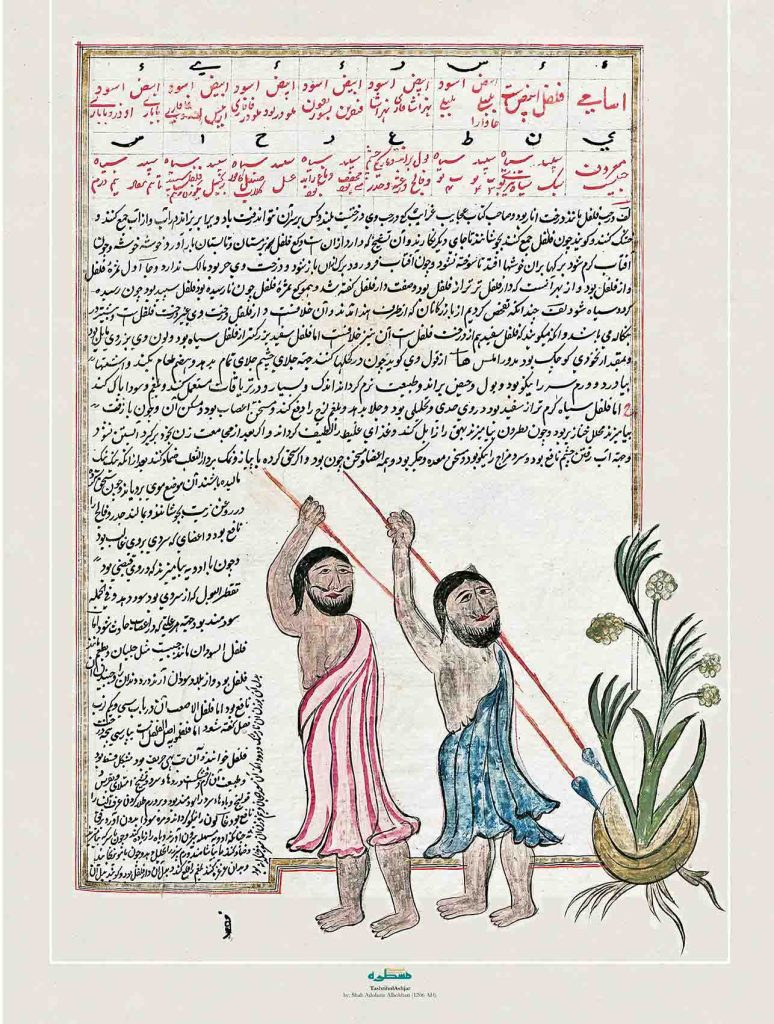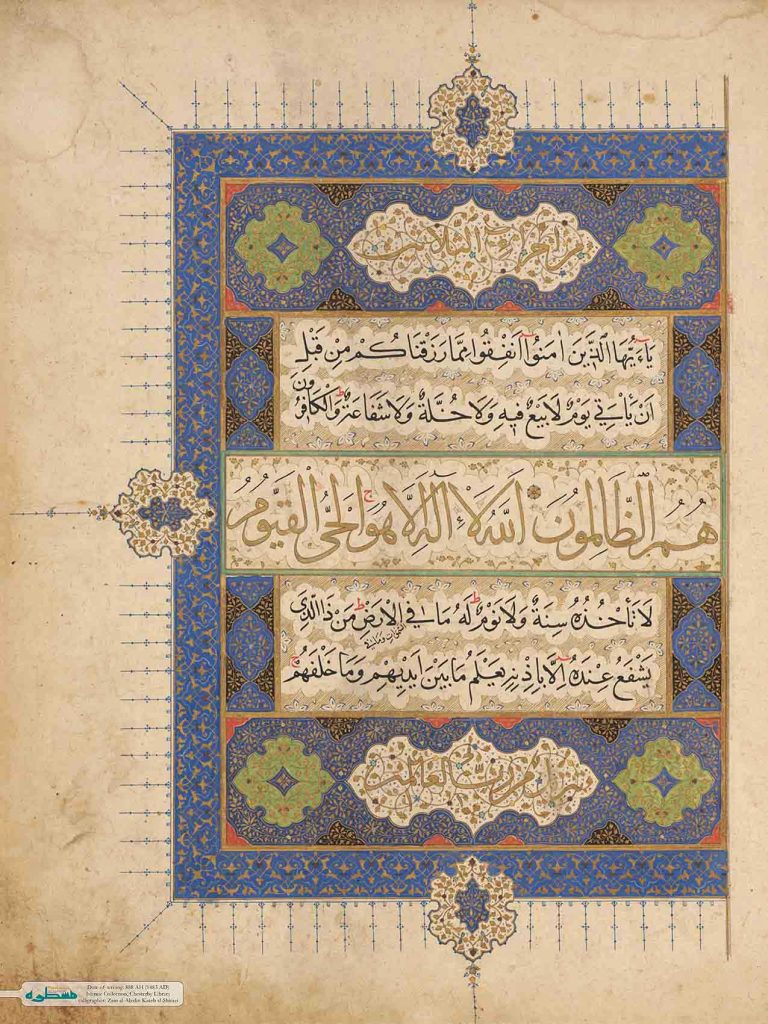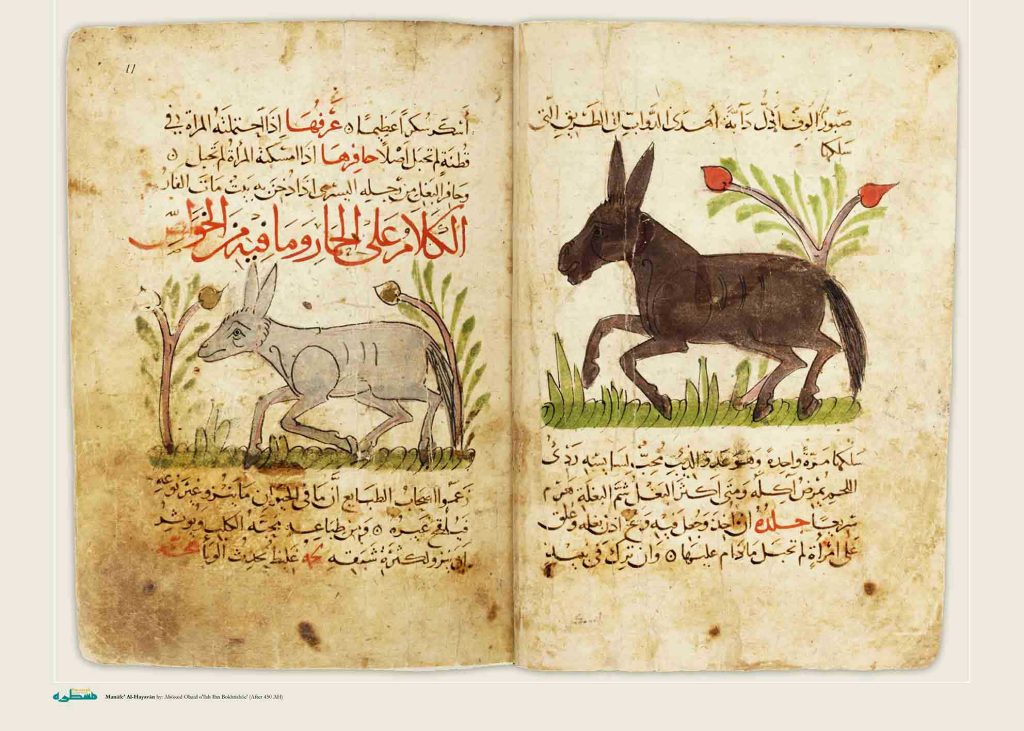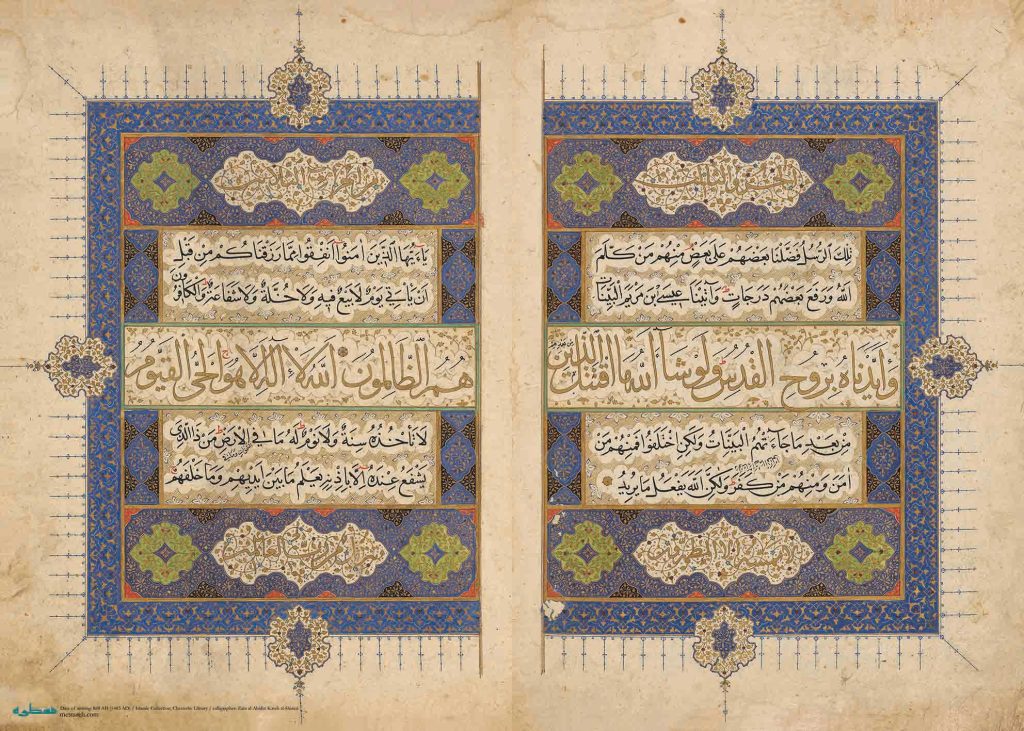The Complete Quran of Yaqut al-Musta’simi
Calligraphy name
Font type
Date of writing
Version
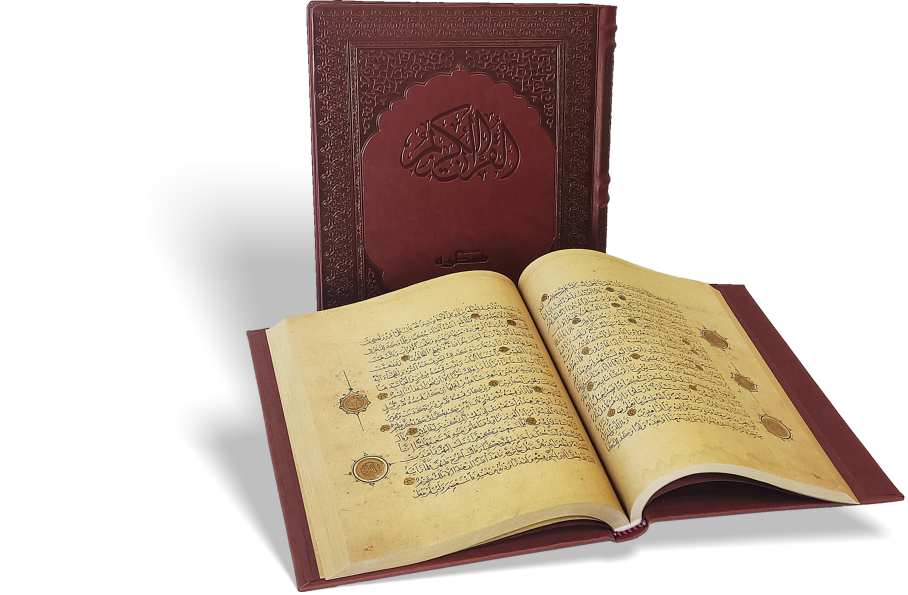
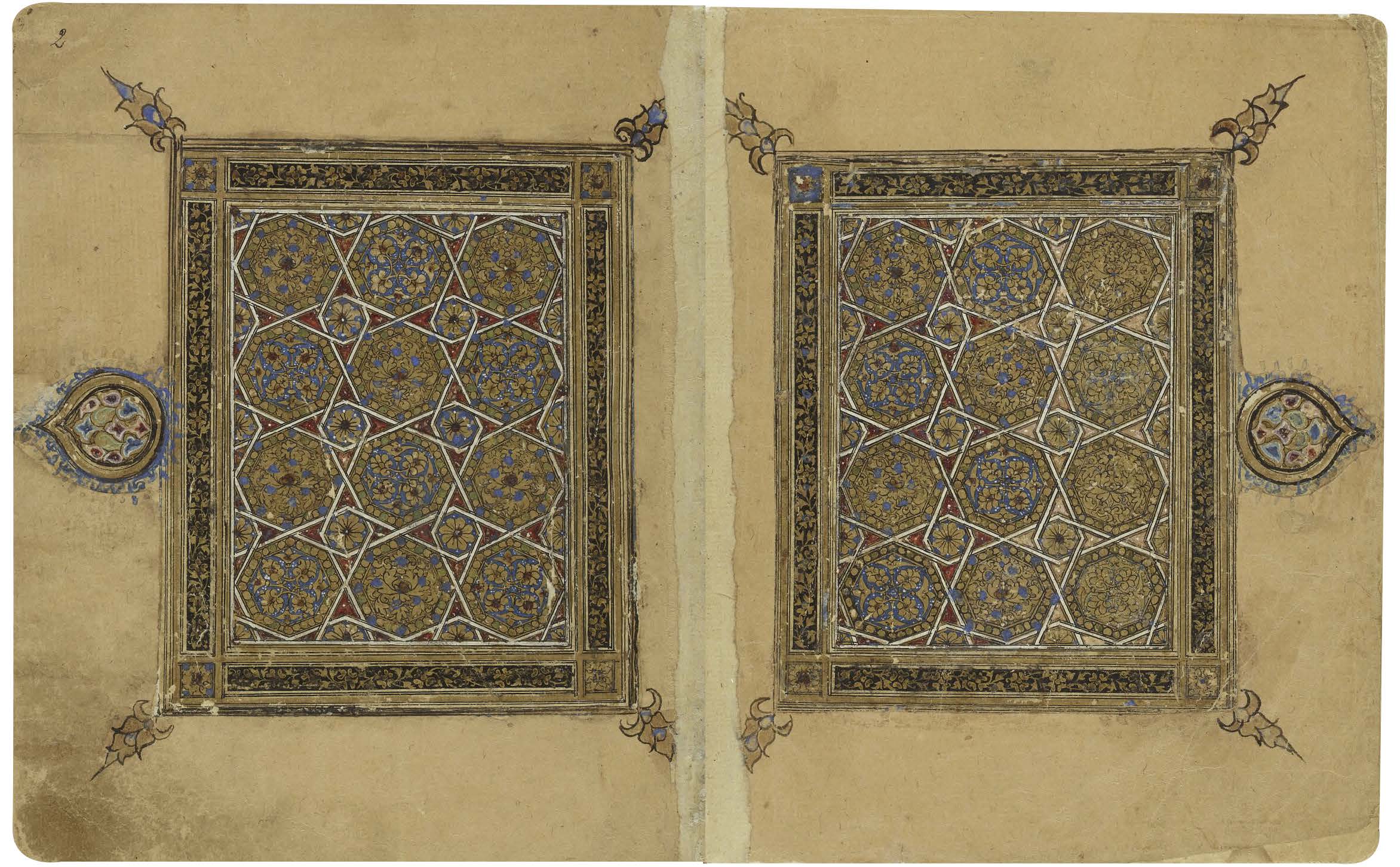
This manuscript is a remarkable example of Islamic calligraphy, crafted by the illustrious Yaqut al-Musta’simi, one of history’s greatest calligraphers. It resides in the manuscript collection of the National Museum of France in Paris, cataloged as 6716 Arabic. This Quran comprises 211 leaves, measuring 191 by 155 millimeters, and is executed in the elegant Naskh script, making it the smallest known manuscript produced by Yaqut. The writing area itself is 119 by 97 millimeters, with the verses arranged across 16 lines.
The manuscript’s two opening pages are adorned with decorative motifs set within turquoise frames against a striking black background. The predominant design features a floral pattern against a deep blue or turquoise backdrop, intricately arranged, while a smaller sunburst motif in turquoise complements the composition. It is worth noting that these two pages have undergone restoration and may not originally belong to the manuscript.
On the verso of the manuscript, one can find inscriptions from Qajar princes, complete with their seals. Notably, there is a note dated Ramadan 1245 AH (March 1830 CE) from Farhad, commemorating the gift of this Quran by Abbas Mirza, son of Fath Ali Shah Qajar. Additionally, another note dated the seventh of Ramadan 1302 AH (June 20, 1885 CE) documents a gift from Farhad Mirza to his son, Abdolali Ehtesham al-Molk. Finally, an inscription from Ehtesham al-Molk is also recorded on this date.
اشتراک گذاری :
Form is loading
Please Wait
Easy Form Builder

